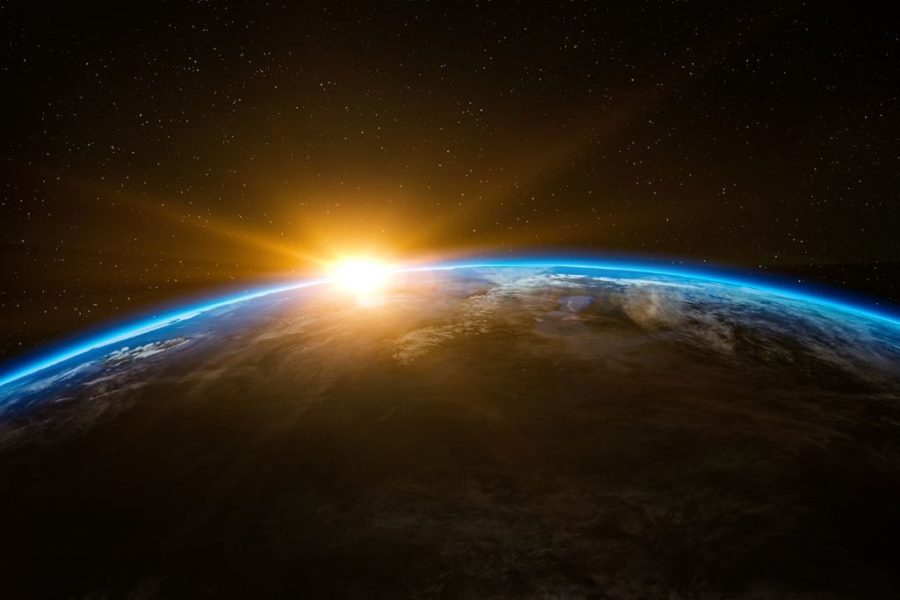
In recent years, scientists have perfected space technologies. These allow us to send people into space for exploration purposes. However, there is a new segment of the aviation sector that has gained incredible traction in recent years: space tourism. This new industry can have huge benefits for humanity, including advancements in technological innovation and scientific research. However, we also have to start reflecting on the potential negative consequences that having more people travel to space will have. Read on to learn more about the environmental cost of space tourism.
—
Space tourism is a new segment of the aviation industry that seeks to give tourists the ability to become astronauts and experience space travel for recreational, leisure, or business purposes. Given the extremely high costs of sending people to space, this type of tourism is destined to a very small part of the population that are able and willing to spend huge amounts of money on a space experience.
In recent years, the world’s most influential billionaires – Jeff Bezos, Richard Branson, and Elon Musk – have started investing money and resources into growing this business. In 2021, Bezos – founder and CEO of the giant Amazon as well as the second-wealthiest person in the world – flew to space alongside his half-brother Mark. The trip lasted just over 10 minuted, reaching a peak altitude of 66.5 miles (107 kilometres). The short flight cost him approximately US$5.5 billion! British billionaire Richard Branson also flew to space, joining a 1.5-hour mission and reaching a height of 53.4 miles (86 kilometres).
Among the most important and innovative companies that are completely revolutionising the space industry is Elon Musk’s SpaceX. Besides being the founder and CEO of the company, he is also CEO of Tesla, the world’s leading company for electric vehicles.
The main environmental problems associated with this growing industry is air pollution. A space tourism flight, which lasts on average about an hour-and-a-half, generates as much pollution as a 10-hour trans-Atlantic flight and has the same carbon footprint of 278 people combined. This raises concern considering that most space tourism companies aim to fly tourists several times a day in the future.
The powerful engines that power space flights burn rubber and other fossil fuels, generating a lot of soot, a type of highly toxic carbon. This can have a severe impact on the atmosphere. According to a 2010 study, soot released into the atmosphere from a thousand private space flights a year would increase the temperature over the poles by 1 degree Celsius and reduce polar sea ice levels by 5%.
Another environmental cost of space tourism is space junk. This is made from natural materials such as meteoroids, which orbit the sun, while most man-made debris orbits the Earth. Currently, there are about 34,000 pieces of space junk larger than 10 centimetres and 128 million pieces of space junk larger than 1 millimetre in space but of course, if space tourism takes off, these numbers are going to be even bigger.
For roughly four minutes of weightlessness in space, Bezos had spent approximately US$5.5 billion. Many argue that this money could be used in much better ways to solve some of the worst environmental and social issues of our time, for example:
Check this out next: What Is Space Junk?